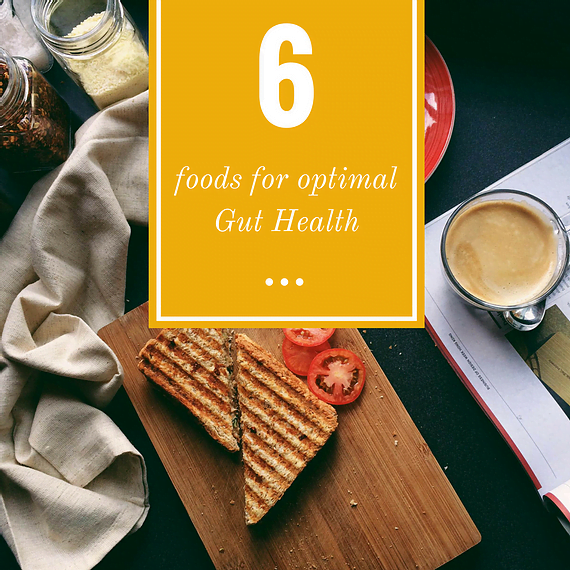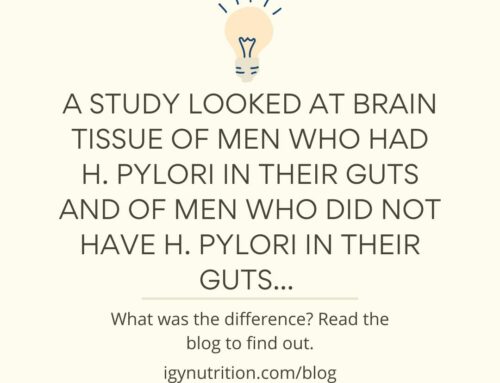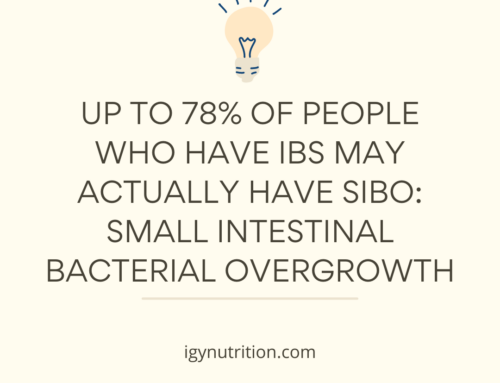So – you’re looking to optimize your gut health through your diet. Look no further – we’ve got you covered.
What Makes a Gut “Healthy?”
Let’s quickly go over what a healthy microbiome would look and feel like – and what the microbiome is in the first place.
The microbiome is an ecosystem of millions of microbes – like bacteria, yeasts, and even fungi – living within or on the human body. The term “gut microbiome” refers to the microbes inhabiting the GI tract.
At first glance, microbes living in the body might sound pretty gross – but it turns out they’re necessary for our survival.
Many of the microorganisms living within us benefit our bodies by regulating metabolism, helping us absorb vitamins from food, supporting our immune system, and much more.
The thing is, not all of the microorganisms in our microbiomes are helpful. Some are harmful. These harmful microbes can damage the gut barrier, increase inflammation, and wreak havoc on our metabolisms, hormone production, immune systems, and even our mental health.
Plus, they can cause uncomfortable digestive issues like gas, bloating, and stool irregularity – no fun.
To minimize the gut damage and annoying symptoms the harmful microbes cause and maximize the benefits helpful microbes confer, we want lots of beneficial microbes and very few harmful microbes to live in our guts.
In a healthy microbiome, there are many more beneficial microbes than harmful microbes. The more beneficial microbes and the fewer harmful microbes there are, the healthier the biome is.
In an unhealthy microbiome, there are too many harmful microbes and not enough helpful microbes. This state of imbalance is called dysbiosis.
Dysbiosis, an imbalanced gut microbiome, is the culprit of most digestive health issues in America.
The moral of the story is:
A healthy gut = plenty of beneficial microbes + very few harmful microbes
How do we achieve that? Nutrition can play an integral role.
Eating for a Healthy Microbiome
There are several ways of eating to support a healthy microbiome. For most people, maximizing fibrous plant foods and minimizing processed foods works.
But certain foods can give your gut an extra boost. We’ve included a few below for you to try!
- Bananas
This fruit is full of prebiotic fiber, which is what fuels beneficial microbes. Bananas’ high soluble fiber content increases the bulk of stool, so it may benefit those who struggle with constipation. Bananas are also high in potassium and B6 – two vitamins that are particularly helpful during workouts.
- Yogurt
Yogurt with live and active cultures (dairy or non-dairy) is particularly beneficial for gut health because of its probiotic content. Yep – you can get your probiotics by eating yogurt! By eating yogurt, you add beneficial microbes like Bacteroidetes to your gut microbiome. Make sure the label says “live and active cultures” and keep it refrigerated. Pick unsweetened yogurts to avoid excess added sugar, which may feed harmful microbes.
- Kefir
Kefir is a fermented version of yogurt – meaning it typically contains a wider variety of microbes than yogurts. Kefir is chock-full of healthy, living bacteria that propel microbial diversity within our guts. Kefir is particularly helpful with the synthesis of vitamins B12 and K, too. These vitamins play vital roles in our digestion and inflammation regulation. Kefir is 99.9% lactose-free, so for those who are lactose intolerant, this makes a great alternative.
- Kombucha
Like kefir, kombucha is a fermented beverage. Kombucha is a fizzy black tea with a tangy taste. Similar to yogurt and kefir, it contains plenty of probiotic microbes. Most kombuchas are also high in energy-boosting B vitamins.
- Sourdough Bread
If you’re into bread, this one’s for you. Fresh sourdough bread is made with a lactic acid starter that contains strains of Lactobacillus, a crucial type of beneficial microbe. Be sure to avoid sourdough bread that is overly processed or contains excess sugar and additives.
- Dark Chocolate
Last but not least, all the ladies’ favorite: dark chocolate. Research has shown that the bacteria within our GI tract can efficiently ferment chocolate, producing anti-inflammatory compounds that benefit the heart! The beneficial microbes, such as Bifidobacterium, feast on chocolate and produce short-chain fatty acids that reduce inflammation. Look for dark chocolate with at least 70% cocoa content and minimal sugar. If you like bitter tastes, go for baker’s chocolate!
Tag us in a photo of your favorite of the six gut-health-boosting foods on Instagram at @igynutrition! Happy snacking.
In addition to these foods, here are 10 tips to improve gut health




